Tie-in deals
A number of agreements exist for the tie-in of other fields to Statfjord. No such contract applies to Statfjord North, however, since clause 22 in the unitisation agreement includes those fields which lie entirely within the original licence.

More about society
close
Close

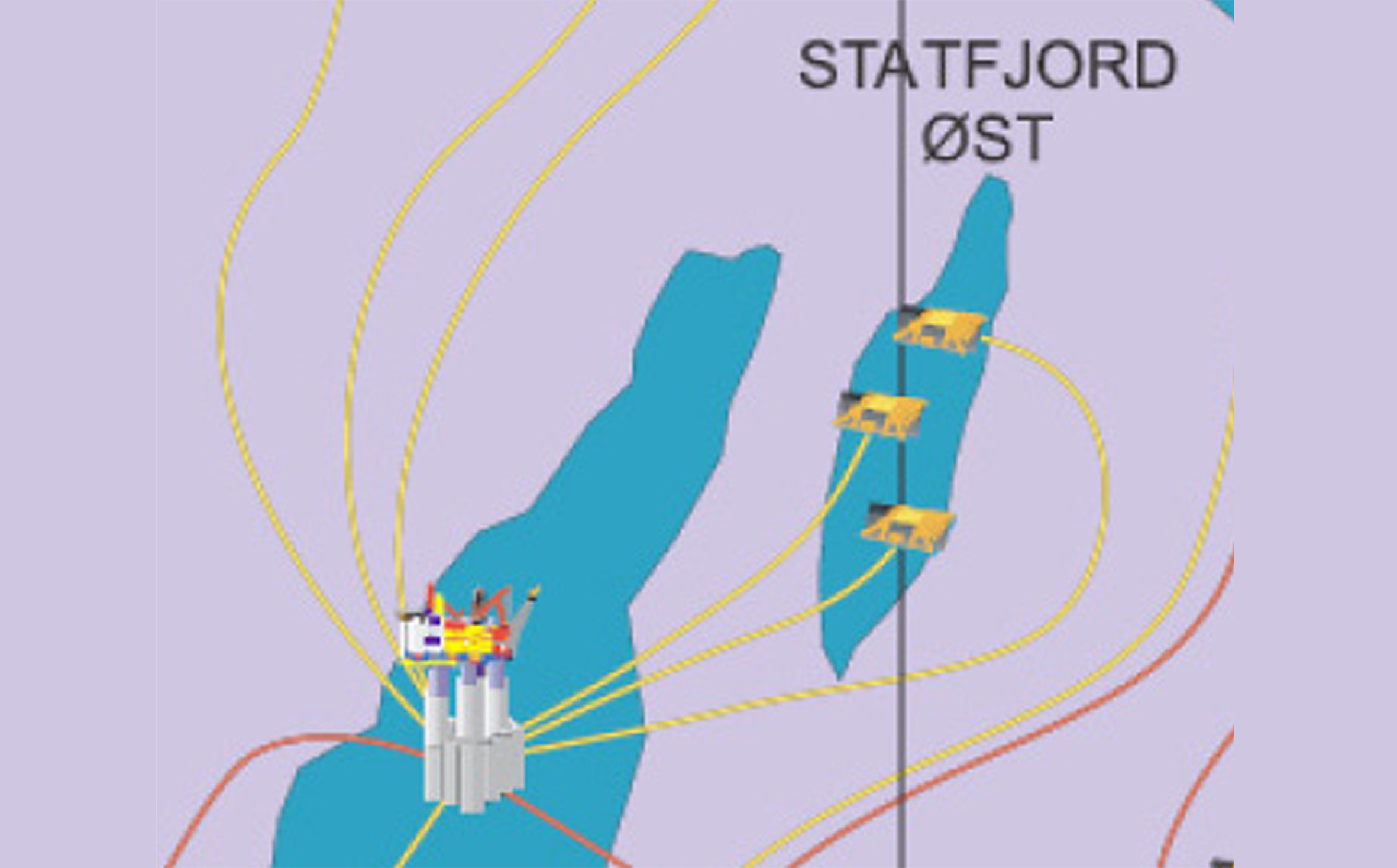 Statfjord Øst i produksjon, forsidebilde, illustrasjon, Tilknytningsavtaler
Statfjord Øst i produksjon, forsidebilde, illustrasjon, Tilknytningsavtaler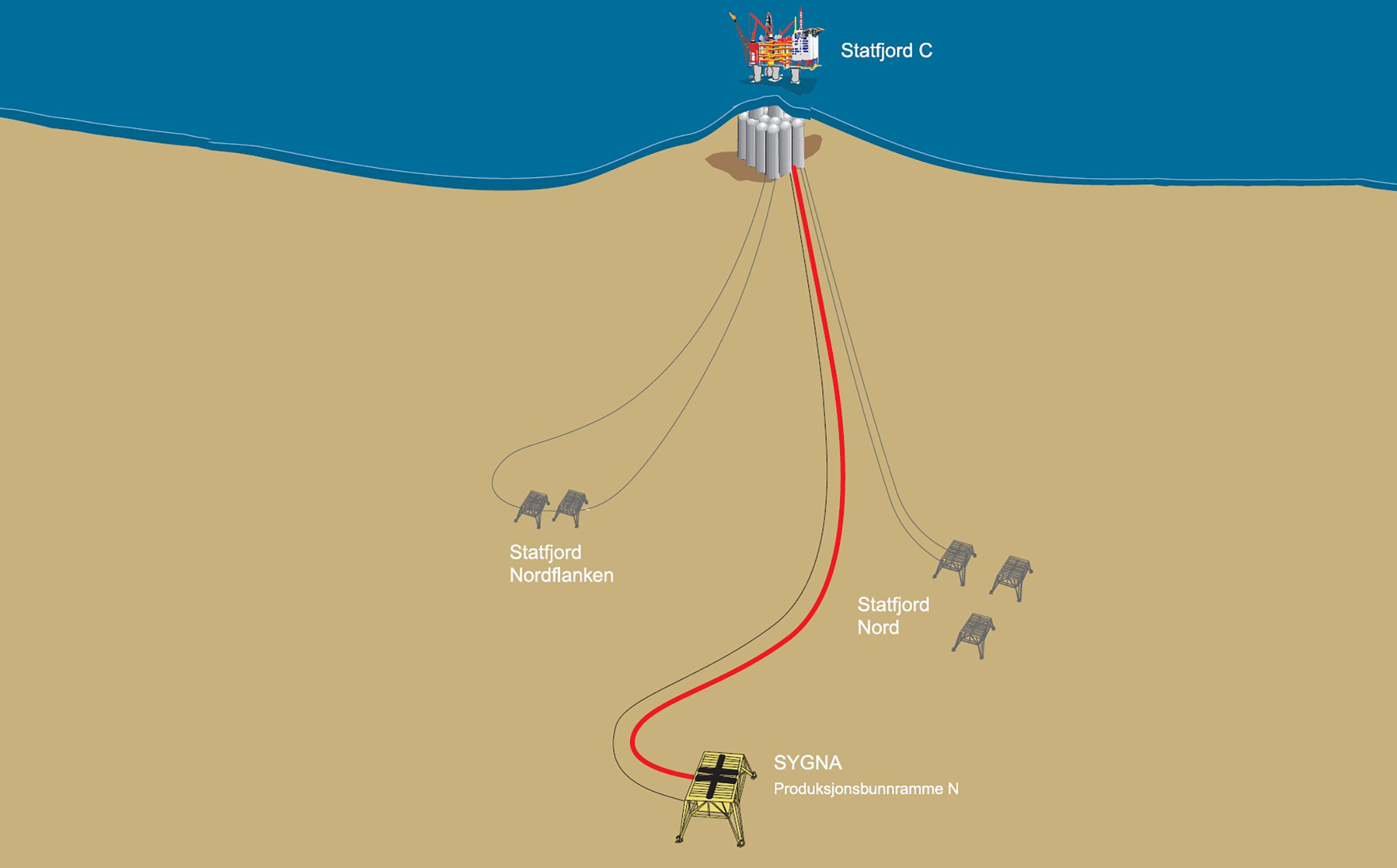 Produksjonsstart Sygna, forsidebilde, historie, Statfjord subsea, Tilknytningsavtaler
Produksjonsstart Sygna, forsidebilde, historie, Statfjord subsea, Tilknytningsavtaler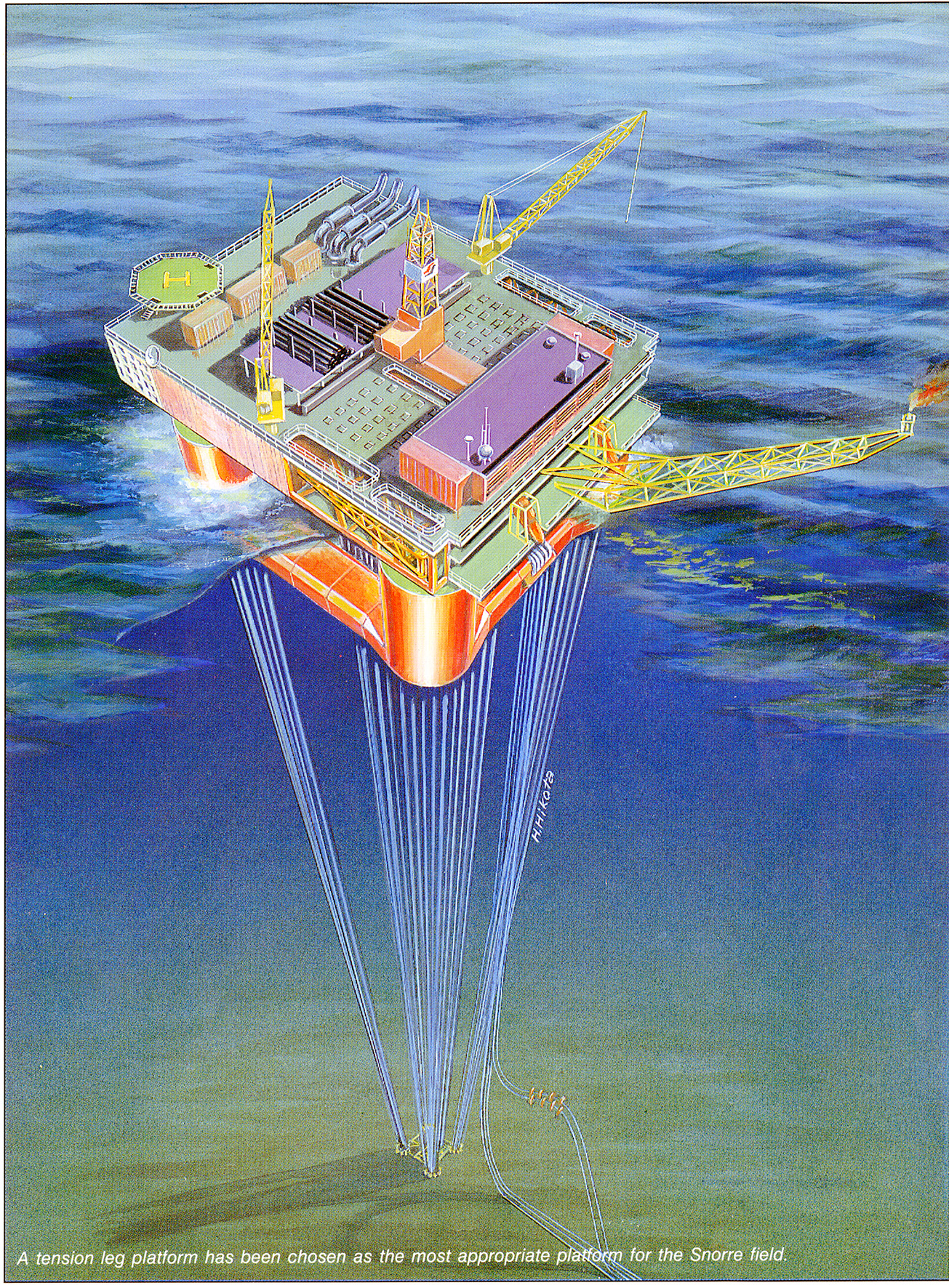 Snorre tie-in, Tilknytningsavtaler
Snorre tie-in, Tilknytningsavtaler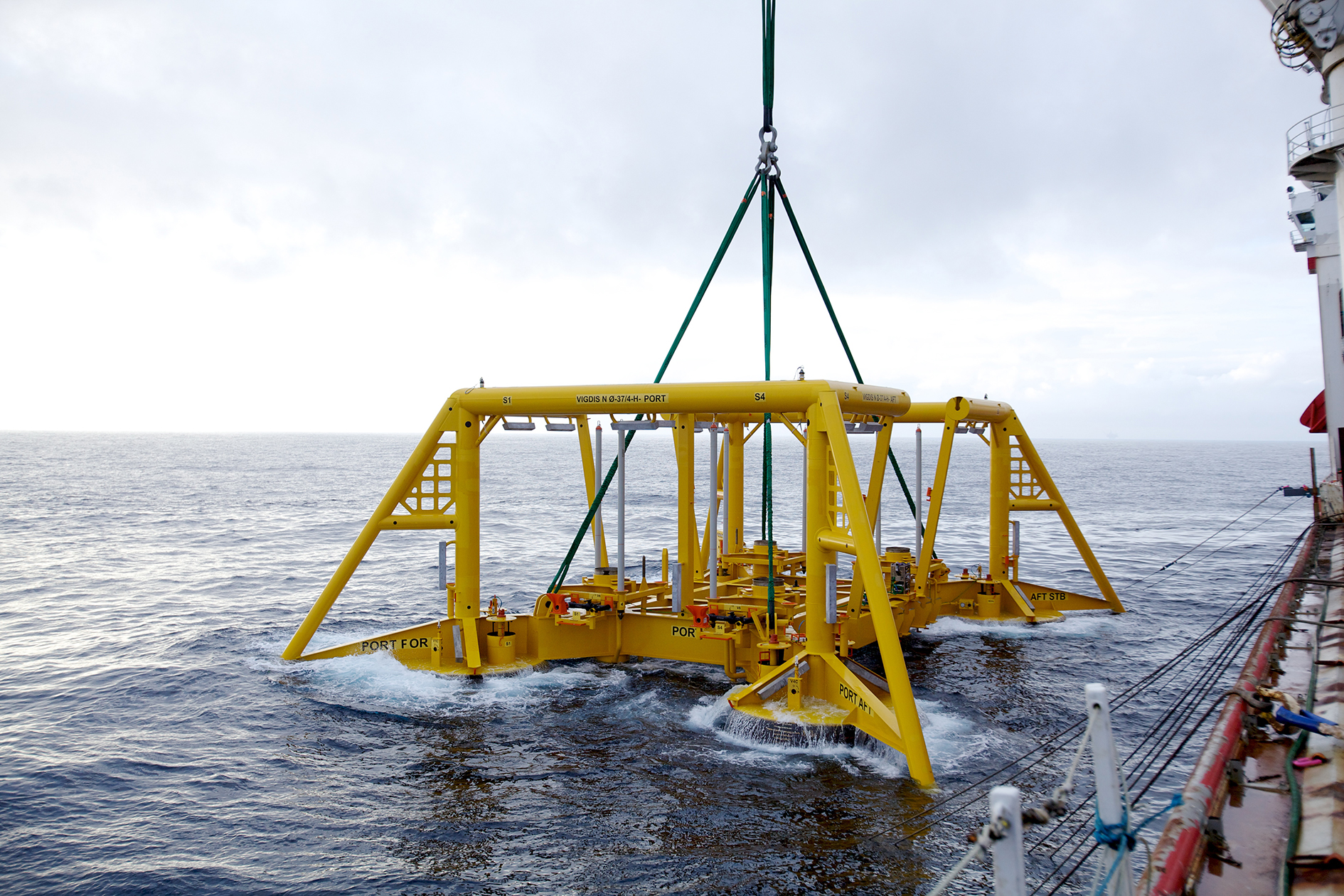 tilknytningsavtaler
tilknytningsavtaler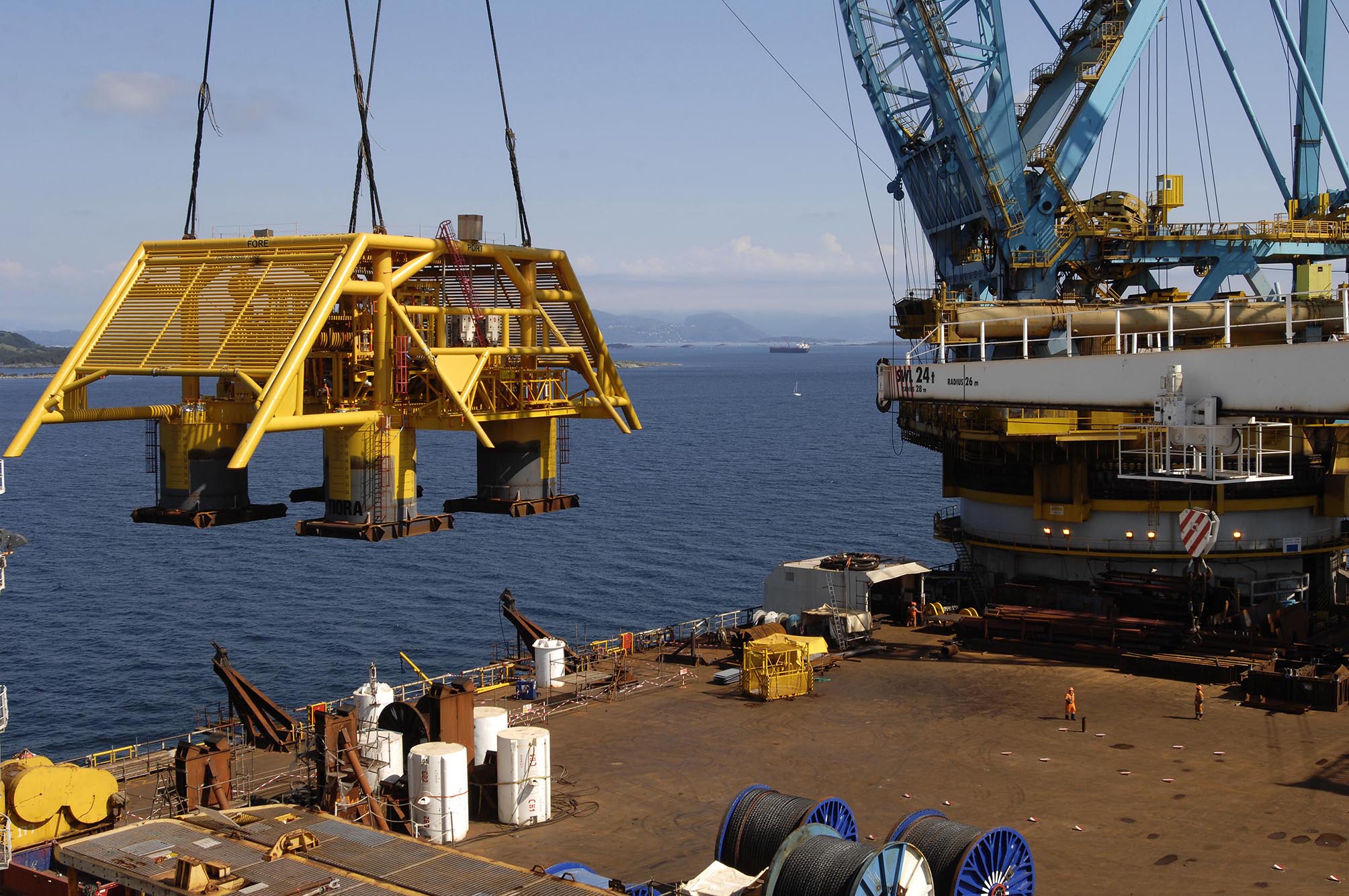 tilknytningsavtaler
tilknytningsavtaler